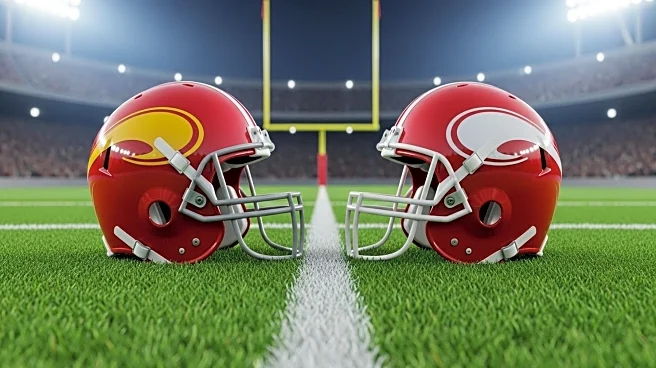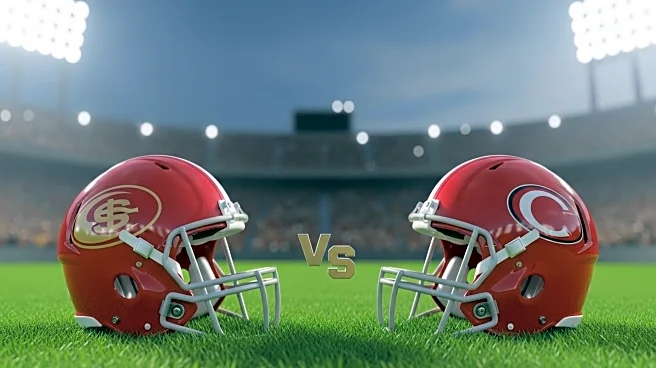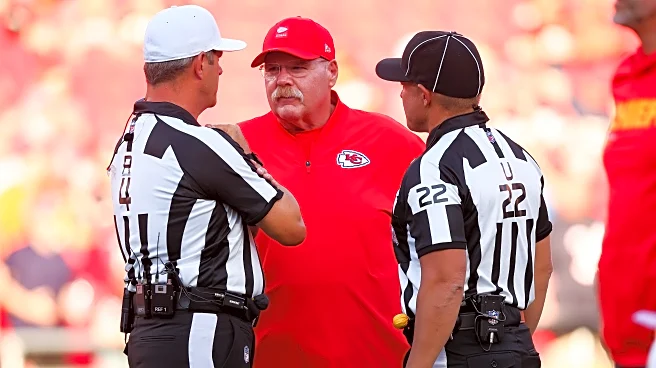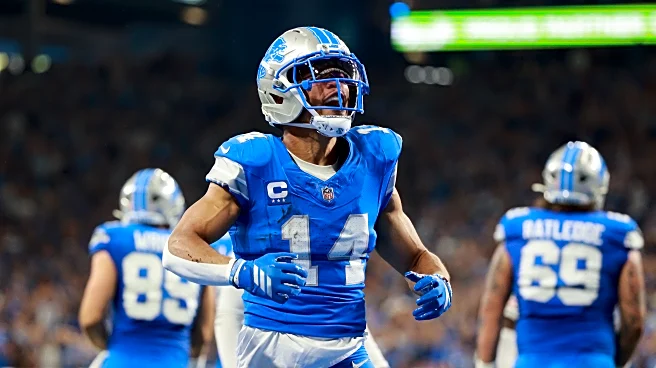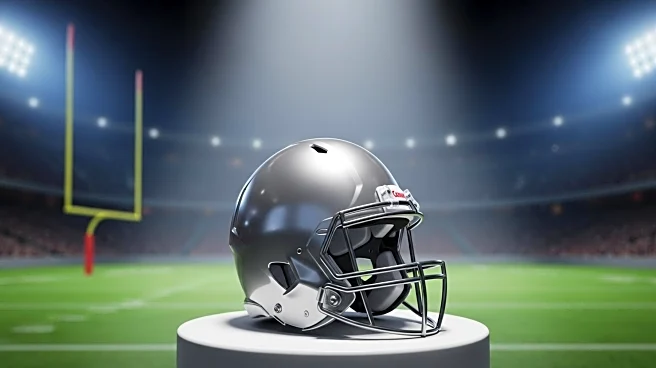What's Happening?
The NFL is currently exploring options for the Super Bowl 60 halftime show, with Adele, Taylor Swift, and Miley Cyrus emerging as potential performers. These artists are renowned for their significant contributions to the music industry, boasting billions of streams and millions of sales. Adele, despite not being a football enthusiast, has been considered for previous Super Bowl performances due to her powerful voice. Taylor Swift's recent association with NFL star Travis Kelce has increased her appeal to the league, while Miley Cyrus has been rumored to be a contender following a viral post suggesting her involvement. Metallica has also expressed interest in performing, marking a potential first for a metal band at the event.
Why It's Important?
The selection of the halftime show performer is crucial for the NFL as it draws significant attention and viewership, impacting advertising revenue and brand partnerships. Artists like Adele, Swift, and Cyrus have massive fan bases that could enhance the spectacle's appeal, potentially increasing viewership and engagement. The choice of performer can also influence cultural trends and music sales, benefiting the artists involved. Additionally, the inclusion of Metallica could diversify the show's musical offerings, appealing to rock and metal fans and broadening the event's demographic reach.
What's Next?
The NFL is expected to finalize its decision on the halftime show performer in the coming months. Stakeholders, including sponsors like Pepsi and Apple Music, will likely play a role in the decision-making process. Fans and industry insiders will continue to speculate and advocate for their preferred artists, potentially influencing the league's choice. The announcement will set the stage for marketing campaigns and promotional activities leading up to Super Bowl 60, scheduled to take place at Levi's Stadium in Santa Clara, California.
Beyond the Headlines
The selection of a halftime show performer can have broader implications for the music industry, potentially setting trends and influencing future collaborations. It also reflects the NFL's strategic efforts to engage diverse audiences and maintain cultural relevance. The choice of performer can impact the league's image and its relationship with fans, particularly in light of recent controversies and shifts in public perception.

